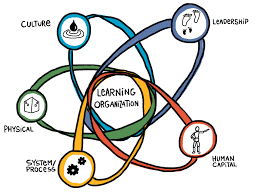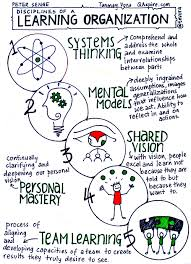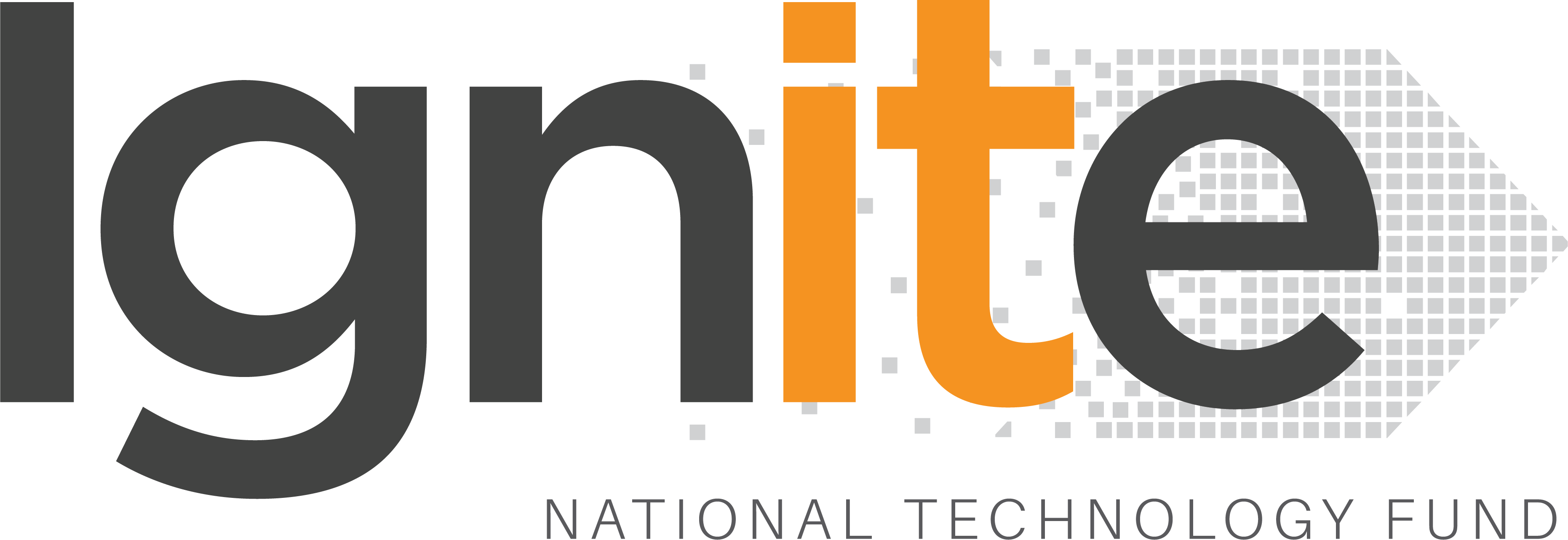Modern-day business enterprises are thrilled to claim their inclusion in the illustrious league of organizations which facilitate learning of its members and continually adapt and transform themselves. The concept of a learning organization is the antithesis to the traditional hierarchical, structured corporations where, more often than not, titles drive decisions.
The theoretical concept of a learning organization was first developed by Peter M. Senge in 1990. In his book ‘The Fifth Discipline’, Dr. Senge discusses learning organizations. He defines “learning organization” as an organization that encourages and facilitates learning in order to continually transform itself to survive and excel in a rapidly-changing business environment. The highly complex, interrelated and integrated global economy of the 21st century presents new challenges to managers and employees attempting to effectively compete in such a dynamic business environment.
The term “learning organization” has of late gained recognition in Pakistan and is very much in sync with the oft-used phrase “knowledge company”. For a knowledge enterprise of the 21st century, it is essential for it to continually learn and adapt. The question that arises is: how does a company bring about a transformation, whereby learning transcends from being a mere HR department KPI to the very core of the organizational DNA.
This transformation requires a significant move from a traditional structured enterprise to one where designations don’t make decisions – rather it is the collective insight of all ranks. We already understand how knowledge forms the central artery on which all decisions are based. Likewise, knowledge and information is no more the sole privilege of the entitled few.
Dr. Senge very aptly explains that there are only two mindsets that can infiltrate an organization: control or learning. Instead of requiring a leader to be the “hero” who must be in control and save the day, Senge believes the leader needs to be the facilitator of learning in the team and organization. However, this transition of thinking requires a letting go of this control in order to embrace learning as leading, which may prove to be difficult because it contradicts our image of a leader. I do believe that the leader as the facilitator of learning can still be seen as a hero, especially if he or she is successful at organizing the team and work flow.
Progress without planning is what we call “evolution”. Darwin wrote that life intends to “progress” without anybody intending it. Likewise, there is an inevitable evolution towards continuous learning in an organization regardless of what industry we are in. It is the new business reality. It is for organizations, both large and small, to decide whether they would let time evolve them or if they would rather absorb this truth and pave the way for a seamless transformation. Some key determinants, as identified by Dr. Senge, that are needed to bring about the transformation into a “learning organization” are:
- Personal mastery of the individual worker who must have personal professional development goals.
- Mental models of the framework that the organization has and continually challenging its efficacy to build a strong self-learning and self-correcting mechanism.
- Building a shared vision implies that the organization and its members have a shared vision which is not only understood by the members of the organization but they believe in it so much that they would evangelize them everywhere they can.
- Team learning stresses on the importance of collaboration, shared dialogue, critical thinking and mutual accountability in working groups.
- Systems thinking integrates the above four and, at the same time, acknowledges the organization as a complex entity which is signified by continually reforming the relationship between core functions of the organization with an intent to uncover opportunities, problems, and possibilities within them.






